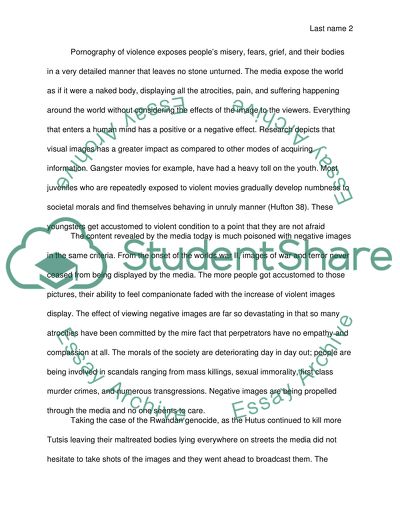Cite this document
(“The Pornography of Violence / Exhaustion of Affect Essay”, n.d.)
Retrieved from https://studentshare.org/gender-sexual-studies/1435179-he-pornography-of-violence-exhaustion-of-affect
Retrieved from https://studentshare.org/gender-sexual-studies/1435179-he-pornography-of-violence-exhaustion-of-affect
(The Pornography of Violence / Exhaustion of Affect Essay)
https://studentshare.org/gender-sexual-studies/1435179-he-pornography-of-violence-exhaustion-of-affect.
https://studentshare.org/gender-sexual-studies/1435179-he-pornography-of-violence-exhaustion-of-affect.
“The Pornography of Violence / Exhaustion of Affect Essay”, n.d. https://studentshare.org/gender-sexual-studies/1435179-he-pornography-of-violence-exhaustion-of-affect.


